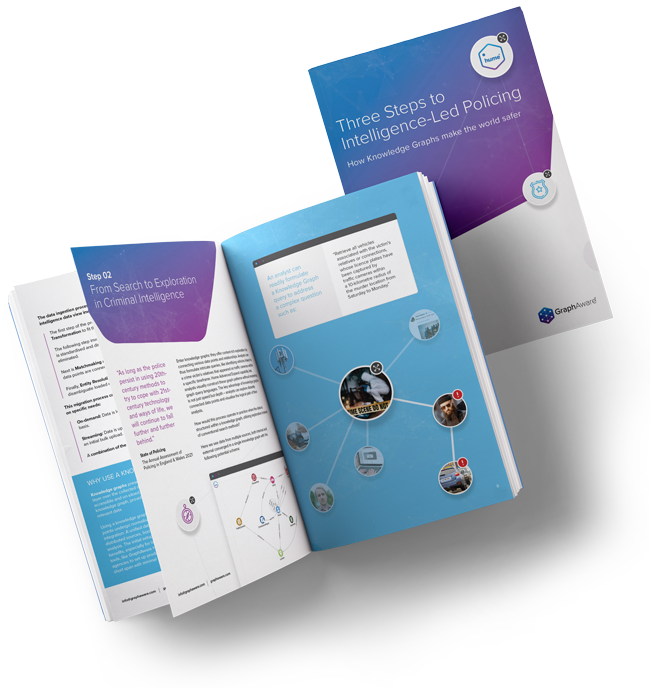Networks are all around us, both locally and globally, and are becoming increasingly complex. The prevalence of networks has led to the widespread use of network analysis tools. While criminal network analysis is still a novel concept, there has been a growing interest in recent years as law enforcement agencies adopt cutting-edge graph-based tools to solve crimes.
Graph network analysis are an underutilised intelligence tool
Graphs can provide valuable insights for intelligence analysts. They allow for a graph visualization of relationships between individuals and groups, the detection of criminal patterns, and early identification of potential threats.
Graph analysis can provide a powerful solution in cases where traditional methods may not be practical, such as when dealing with large amounts of data or limited access to information. This is especially crucial in criminal intelligence, where time is of the essence, such as in missing child cases. Graphs can quickly and effectively help analyse complex information and data sets.
Leverage network analysis
Network analysis is a valuable tool for criminal intelligence that helps reveal connections between people, places, and things. It enables a visual representation of these relationships through graphs. Graphs consist of nodes (representing individuals or entities) and edges (representing connections between them). This information can be used to uncover patterns in data and discover previously unknown connections between suspects and victims, leading to more efficient investigations.
One common application of graph analysis in criminal intelligence is network analysis, where police departments or intelligence agencies use it to identify potential suspects by analysing their connections to known criminals or gang members in the area. This can provide valuable insights and help solve crimes more effectively.

Visualise complex networks
Graph-based network analysis tools provide a powerful way to examine connections between people, groups, and places. These tools are particularly useful for criminal intelligence analysts who need to comprehend how criminals operate across various regions or industries, such as drug trafficking. Check our blog series to find more information. Building single source of truth, predictive policing , search vs data exploration
Graphs make it easier to understand complex data sets by providing a visual representation that is easier for the brain to process than tables or lists, which require additional mental effort to translate into a meaningful format. One example of a comprehensive solution for graph-based criminal intelligence is GraphAware Hume.

Drive the future of criminal intelligence
Graphs provide a more effective representation of connections between nodes or elements in a network than traditional tables or lists. They offer a powerful tool for investigating criminal networks, recognising key nodes, and comprehending their structure.
Graph-native criminal intelligence
Networks are at the heart of criminal activity and represent a rich information source for criminal intelligence analysts. Various methods can be used to analyse these networks and uncover patterns in crime to assist in suspect identification. Using graph-native tools enables analysts to work with their data more intuitively rather than conforming to an inflexible structure or process that doesn’t meet their requirements.


